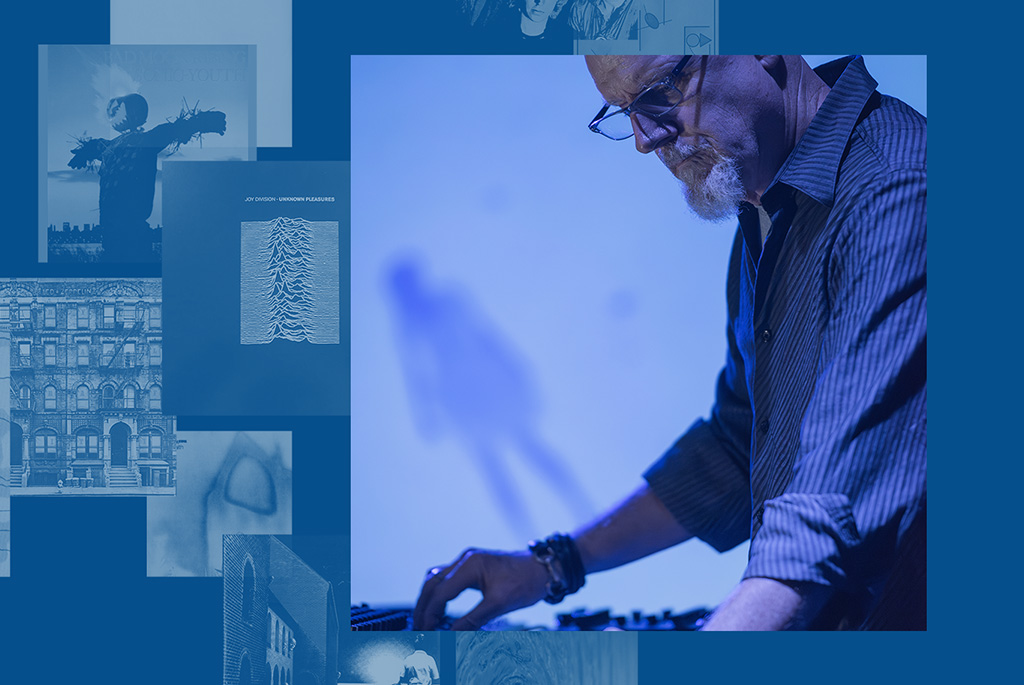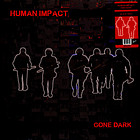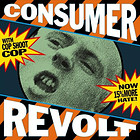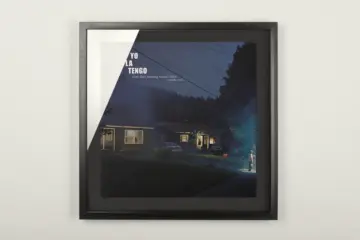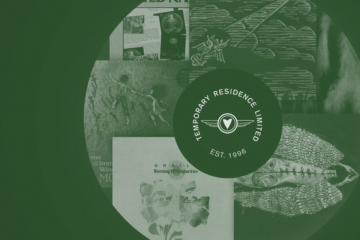Whether it’s setting near-death experiences to music or ambient sounds, Jim Coleman has always pushed the boundaries of the esoteric in his work. But it is there that the US musician can make the most of his sound.
Listening to Cop Shoot Cop’s albums today, the energy of the music is overwhelming. Coleman played keyboards and contributed samples to the sound – which shaped the essence of the record. (“Consume” is proof of this.) “Consumer Revolt” was released in 1990 and is still pigeonholed by helpless music critics as a mix of noise, industrial, punk and alternative. In its uncompromising nature and nihilism, the spirit of late seventies no wave hovers over this album, albeit with less pretentious posturing.
Kneel down, tear down
Six years after the album, Cop Shoot Cop split up. And Coleman? He is still making music today, working with various artists such as Teho Teardo and releasing records with various groups or on his own. In 2012 he released the ambient album ‘Trees’, which sounds like a fever dream. Saxophone included. He has also found a sound for near-death experiences, which can be heard in YouTube videos.
Nowadays, Coleman is mainly active as part of Human Impact, a noise-rock supergroup with Unsane’s Chris Spencer, among others. And what better place for such a project than on the Ipecac label? A few months ago they released their second album, ‘Gone Dark’, and the title pretty much sums up the sound: a record that tears everything down. Destroy To Rebuild. Welcome to the downfall. By the way, they are going on tour soon.
Buy tickets
Buy tickets
Buy tickets
Buy tickets
But before that, Jim Coleman has chosen ten albums that have shaped, improved and defined him. He says: »I approached this list from a somewhat historical perspective – focusing on albums that were part of my origin story and were influential to me growing up but remain strong touchpoints. As a result, all these albums are from years past and don’t necessarily reflect what I am currently listening to. But their ghosts may appear in the music I create.«

Jim Coleman: My real introduction to rock music occurred when my parents took me as a young kid to see The Yellow Submarine movie in a theater. I had not a clue as to what I was walking into, and I came out of there a different person. Yellow Submarine was instrumental to me, but The White Album exposed me to how wide and deep an album could go. It really stretches far without losing its balance.
Redaktion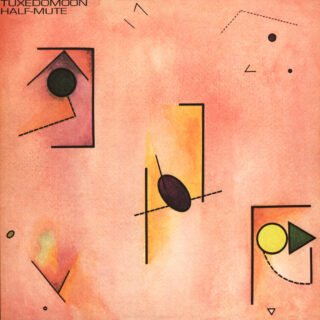
Jim Coleman: While »The White Album« revels in its expansiveness, this album’s strength for me lies in its claustrophobia. It feels like we are in a tight confined world here, with high vibrations. This album allowed me to find energy in some dark corners of depression and isolation.
Redaktion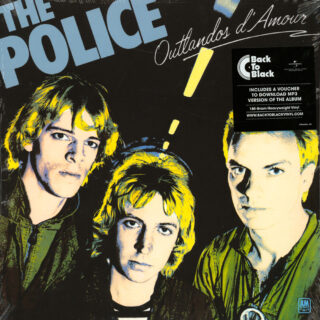
Jim Coleman: I confess, I have a certain loathing for what the Police and Sting became musically, but this album is so full of energy and dark positivity, it just spoke to me from the first time I heard it. This album for me has the power of a group finding their voice – and the search and desire we hear in this album seems much more potent than the voice they ultimately found (for me anyway).
Redaktion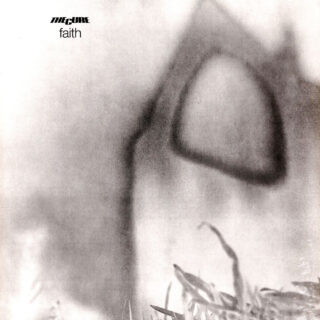
Jim Coleman: This album captured what felt like a melancholy truth for me at the time. I don’t think I ever wore eyeliner, but I probably considered it in the period when this album was in heavy rotation. Ok, it still feels true, but it’s one color among many now. Maybe life has just become less monochromatic.
Redaktion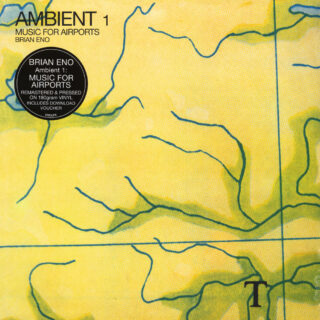
Jim Coleman: Eno was my gateway drug into ambient music. It was a bit difficult choosing between this album and Music For Films. Music For Airports won out as it’s a more subversive journey. This music was not made for seconds long TikTok videos. You just must get comfortable and share the space and time with it. This album kind of took over my life for a year or two. It made me feel somehow simultaneously more fundamentally alive and more of an observer.
Redaktion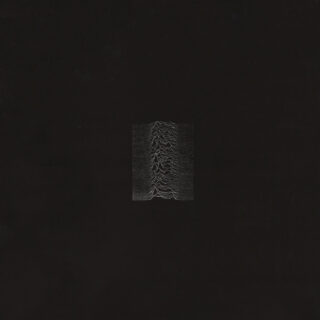
Jim Coleman: This album almost didn’t make it onto the list as it’s been so overplayed in my life. Kind of like a favorite pair of jeans that’s been worn so much it’s just falling apart. But this album gave voice to all the things I was feeling. And I guess it wasn’t just me apparently. I think I am drawn to both listening to and creating darker music. Music can give energy, a voice and purpose in times of darkness, whether that darkness is personal or social/political. It’s empowering, therapeutic and essential.
Redaktion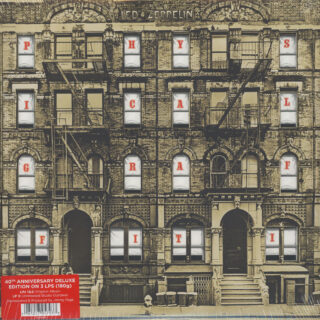
Jim Coleman: OK, I admit it, I grew up with a pretty healthy diet of Classic Rock. Zeppelin was the centerpiece of this, and Physical Graffiti was the album that I just latched on to. The fusion of rock, blues and experimentation opened me up, gave me ideas about making music in different ways. Under the classic rock umbrella, I was split between this album and Black Sabbath’s Paranoid. Paranoid feels harder hitting, and closer to my (still existing) teenage angst. But I decided to go with Physical Graffiti due to its expansiveness.
Redaktion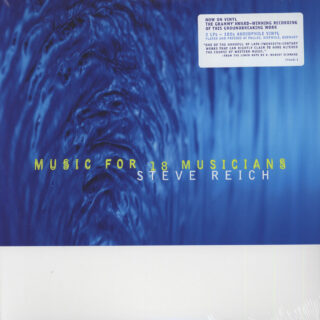
Jim Coleman: This album is so transportive, it immediately feels like it imbues life with a reverence and significance. From a very early age, I was always manipulating sounds, tape, and vinyl, seeing and hearing how sonic events would randomly and not so randomly loop and shift in perspective to one another. Reich’s work always spoke to me as this is a recurring theme and approach for him. Music for 18 Musicians has a strange emotionality to it as well for being somewhat mathematical in approach.
Redaktion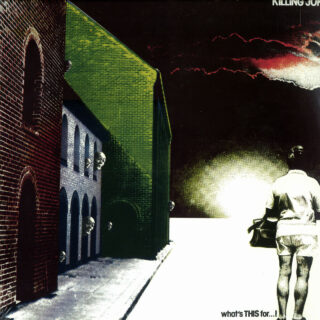
Jim Coleman: This album has an unrelenting unapologetic focus and intent that I love. I can be somewhat of a maximalist when creating – a lot of the creative process comes down to getting rid of what’s not necessary, and I feel like I do that to varying degrees of success. »What's this for…!« feels like it’s pared down to just what’s essential. Love that.
Redaktion
Jim Coleman: I was challenged here to pick between this album and Confusion is Sex. Bad Moon Rising is more controlled and subdued compared to Confusion is Sex. It’s easier to access as a result, and maybe easier to stay with. Both remind me of NYC in the 80’s with all its lawlessness and anything goes ethos. Somewhat discarded by the nation, NYC provided a cheap creative playground for so many of us. Both these albums take me back to this time when anything seemed possible, anything from total freedom to total annihilation. Sonic Youth in this time pushed those boundaries, took risks, and ultimately influenced and changed so many.
Redaktion
